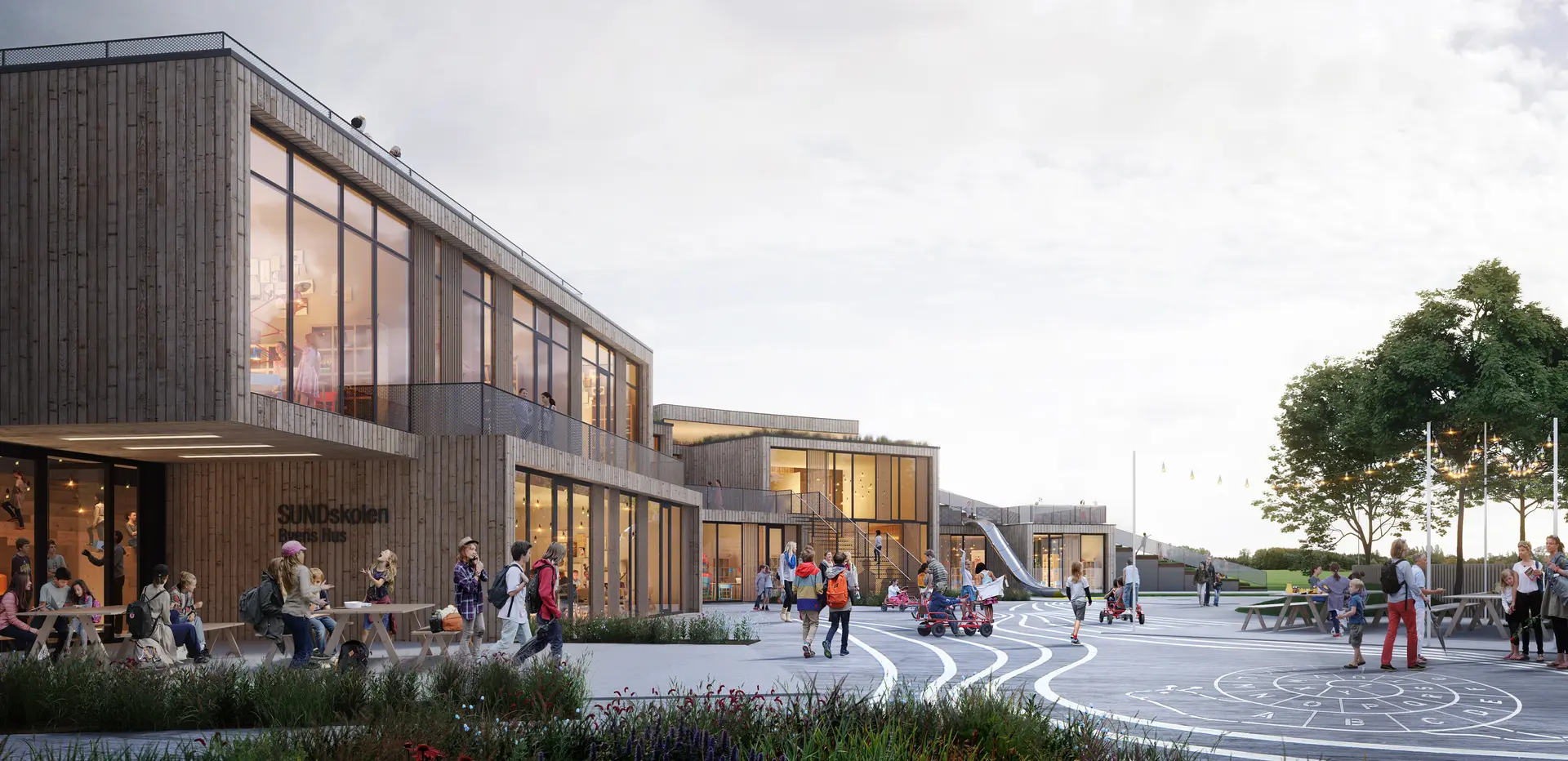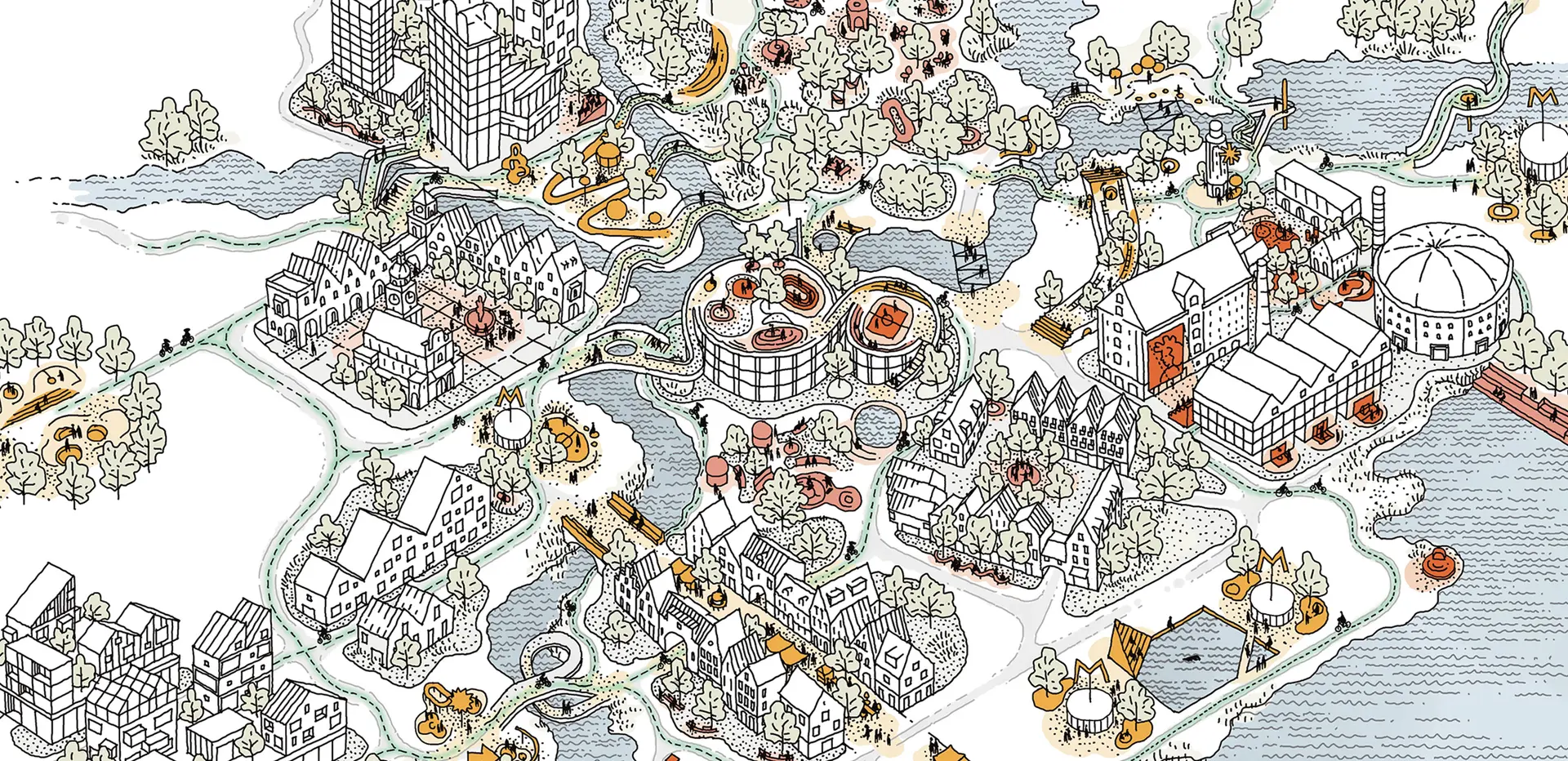
Copenhagen, Research
2022 - 2023
Urban Minded
With the mental health of girls and young women on a concerning decline, it becomes painfully clear that this user group has been somewhat forgotten and misunderstood within the fabric of our cities. As designers of urban spaces that are intended to reflect and cater to everyone, we pose the question: How can the design of urban spaces support the well-being of teenage girls?
Project details
Current urbanization rates indicate that by 2050, 70% of the world’s population will reside in cities, making urban areas a consequential site for generating social impact and deconstructing existing social structures that limit user groups. While the well-being of urban residents stands as a pivotal component of a socially sustainable city, studies reveal a concerning trend: the mental health of girls and young women is deteriorating.
In this context, and with an evidenced disparity in the active use of urban spaces between boys and girls, our research project Urban Minded challenges and diversifies the narratives about teenage girls. Exploring the needs of this demographic, which are often discussed in generalized terms, the project envisions a future that breaks from gendered stereotypes and prioritizes the well-being and empowerment of young women.
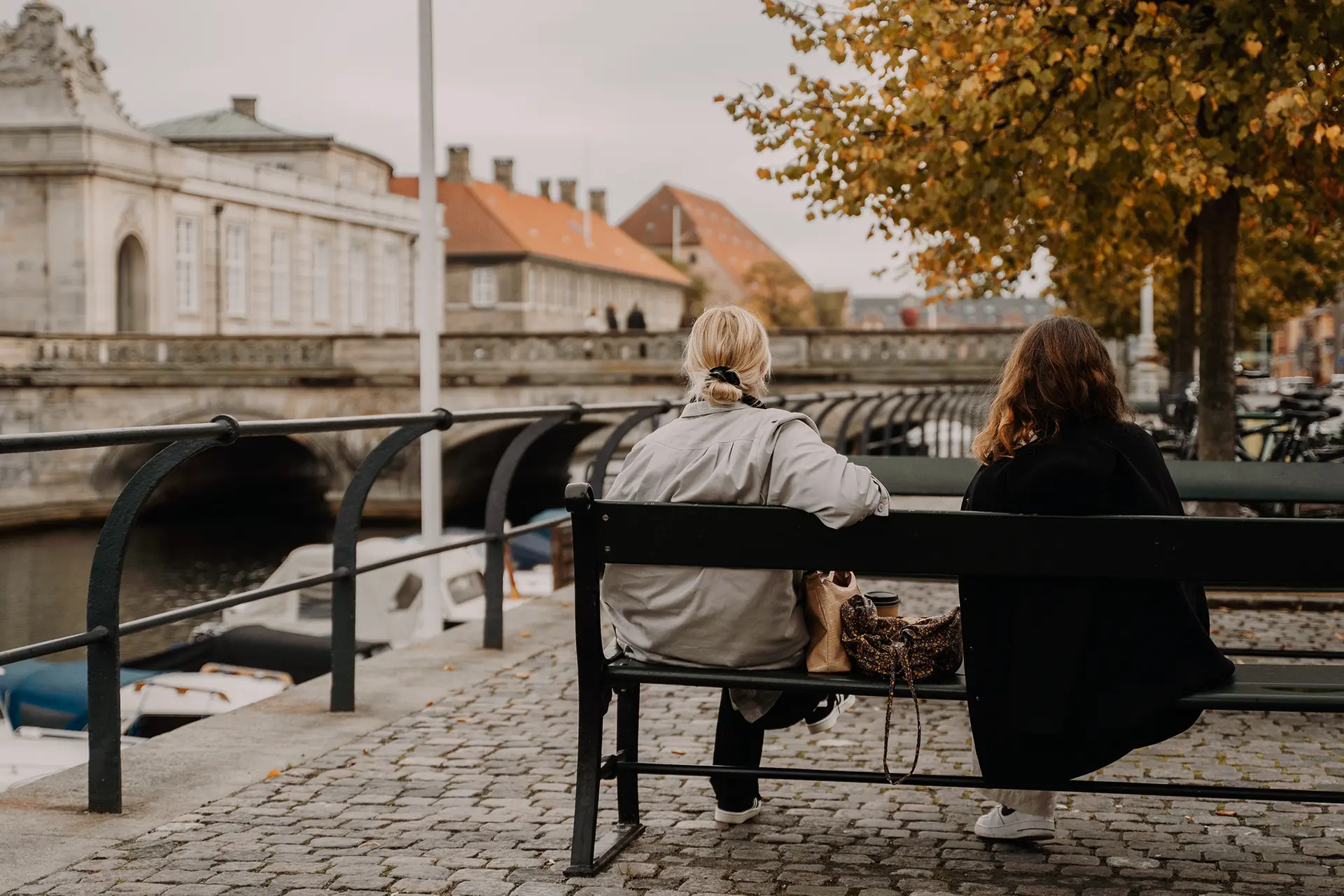
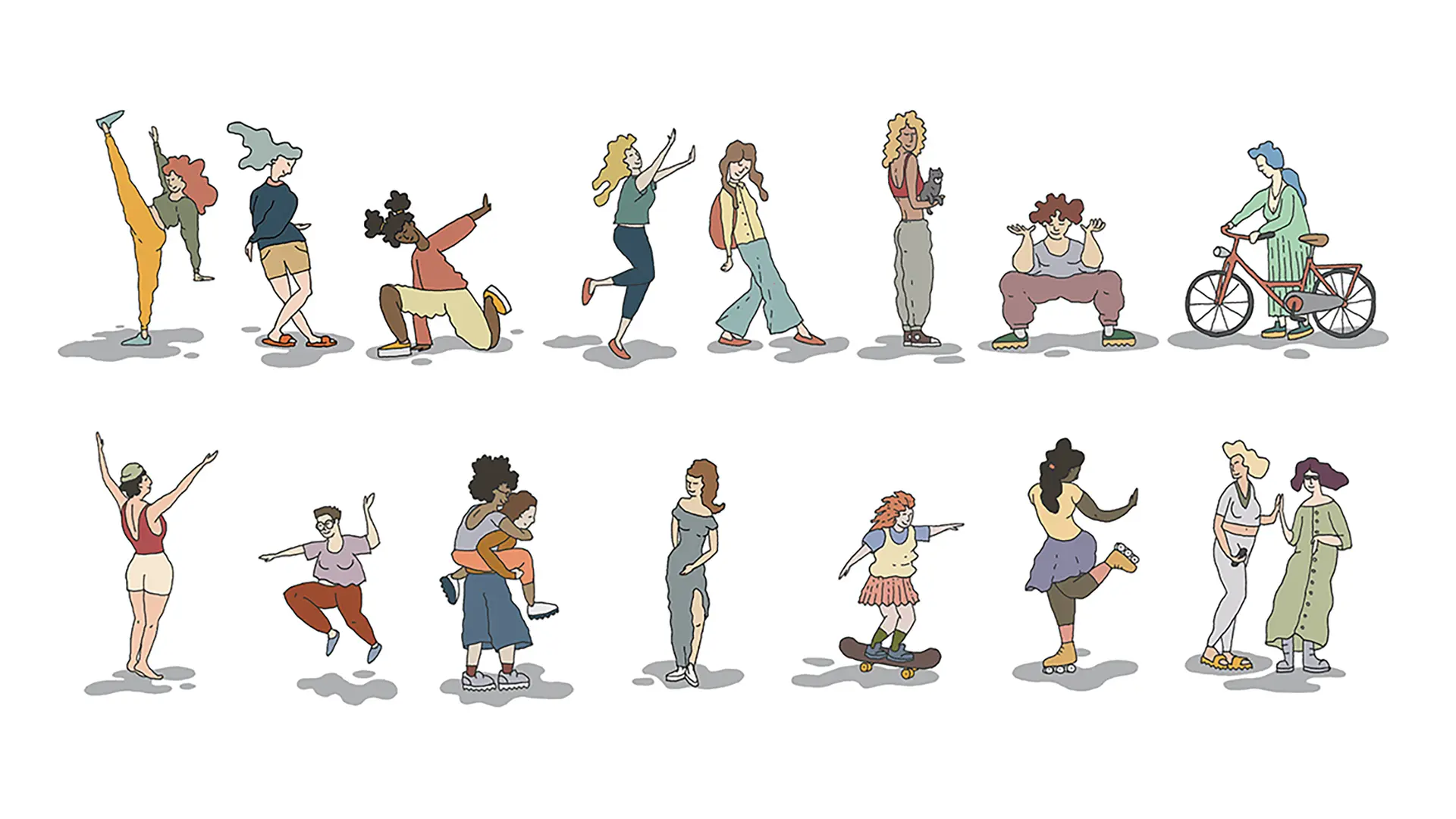
Exploring the needs of this demographic, whose needs are often discussed in generalized terms, the project envisions a future that breaks from gendered stereotypes and prioritizes the well-being and empowerment of young women.
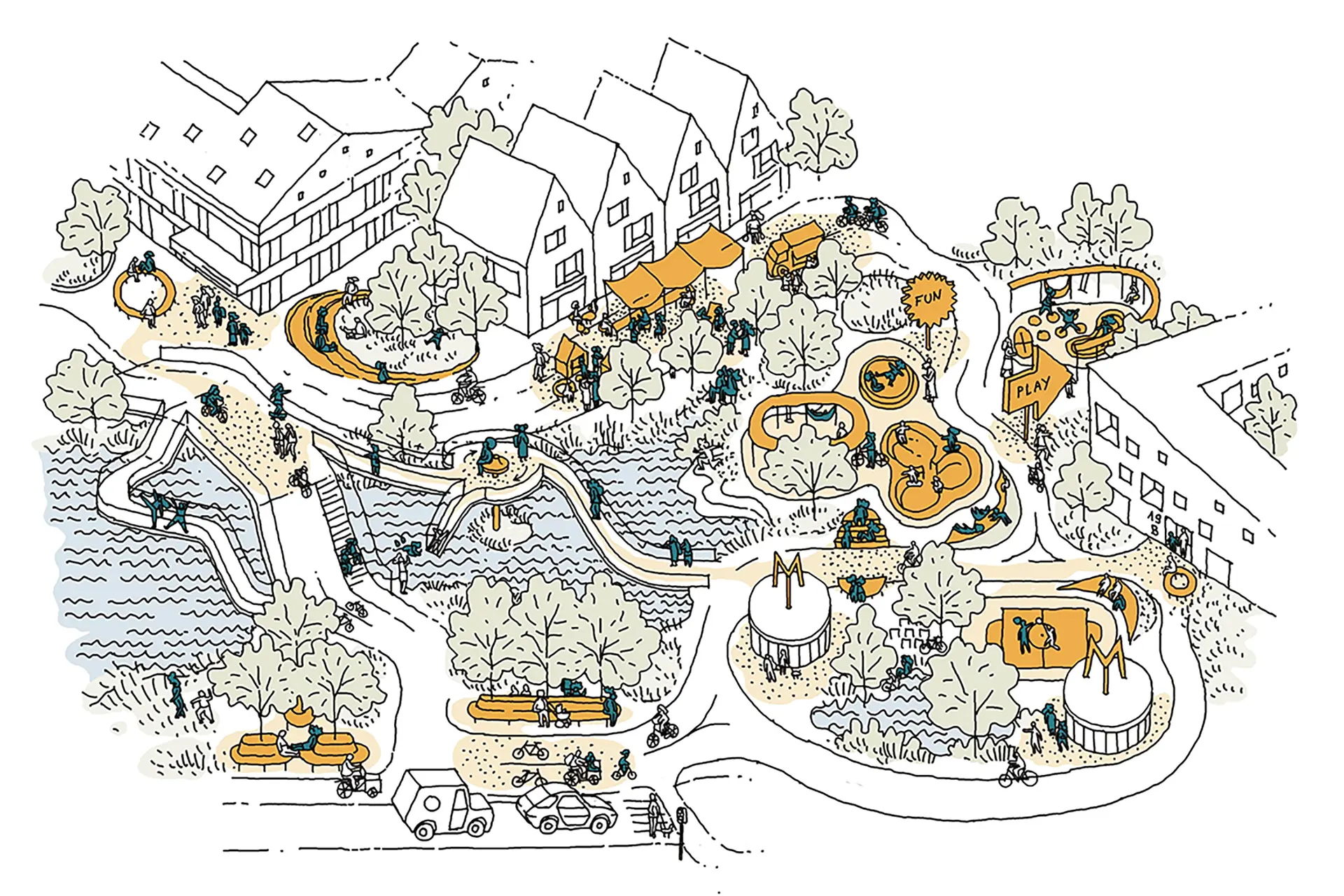
The persistence of gendered norms
A key consideration in engaging with girls directly was the understanding that our design solutions must break away from existing norms and narratives.
“The norms say girls should be passive, adorable, care about their appearance, and not be so loud. The narrative about boys says that they should be physically and mentally strong, slightly rough, not so good at taking care of themselves, and they should not show emotions,” says Education and Gender Sociologist, Cecilie Nørgaard. “When urban space reproduces these narratives, the norms become even stronger, and it becomes more difficult to diverge from them.”
These norms are evidenced by a disparity between boys’ and girls’ use of active outdoor spaces. Research from the Netherlands (2021), for example, reveals that the percentage of girls playing outside decreases from 45% in the age group of 0-4 to 23% in the age group of 13 and older, while the corresponding percentage for boys increases from 55% in the age group of 0-4 to 77% in the age group of 13 and older![1] Playing outside: who, where and what? Urban Springtime. 15 Dec. 2021.
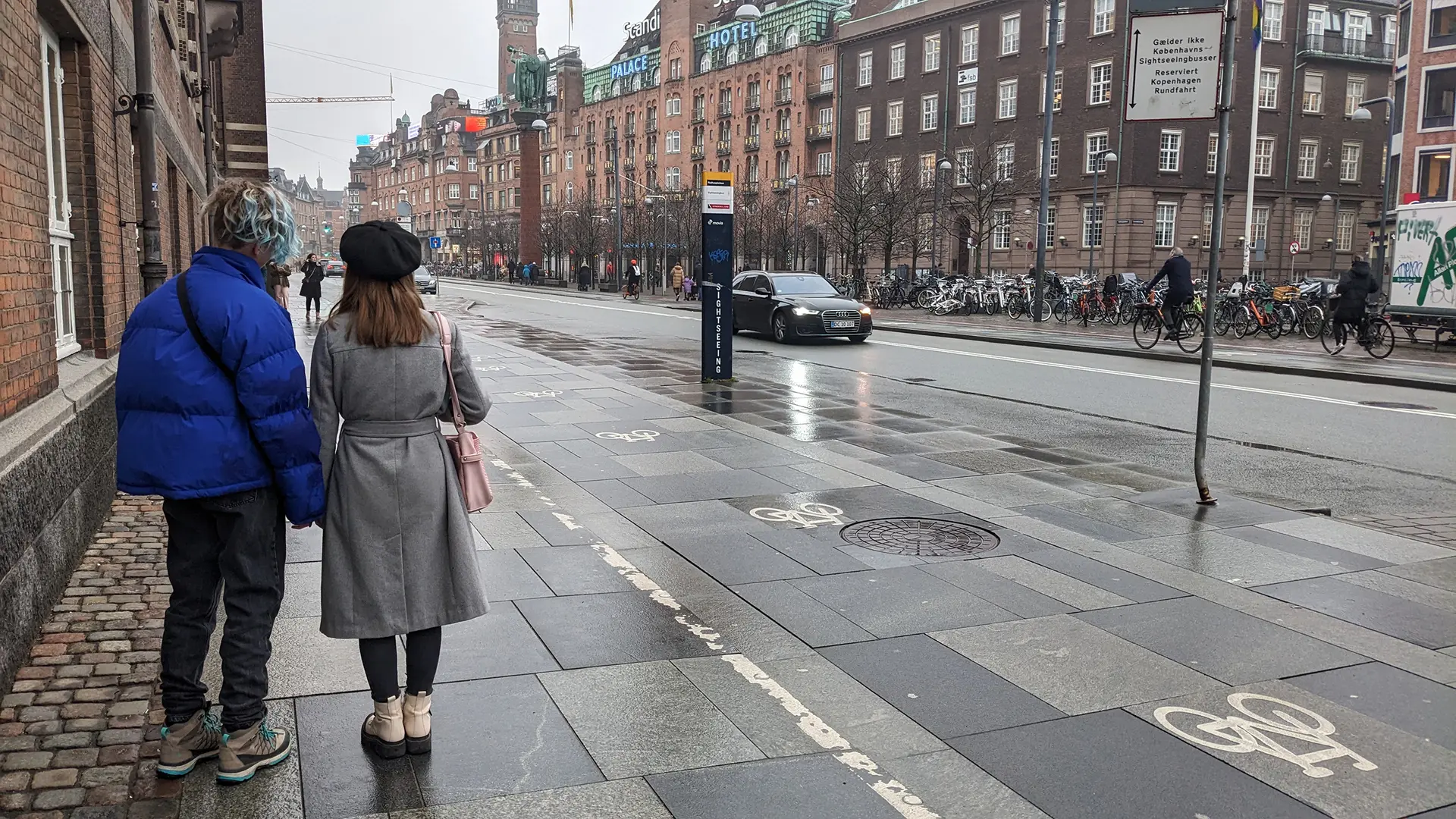
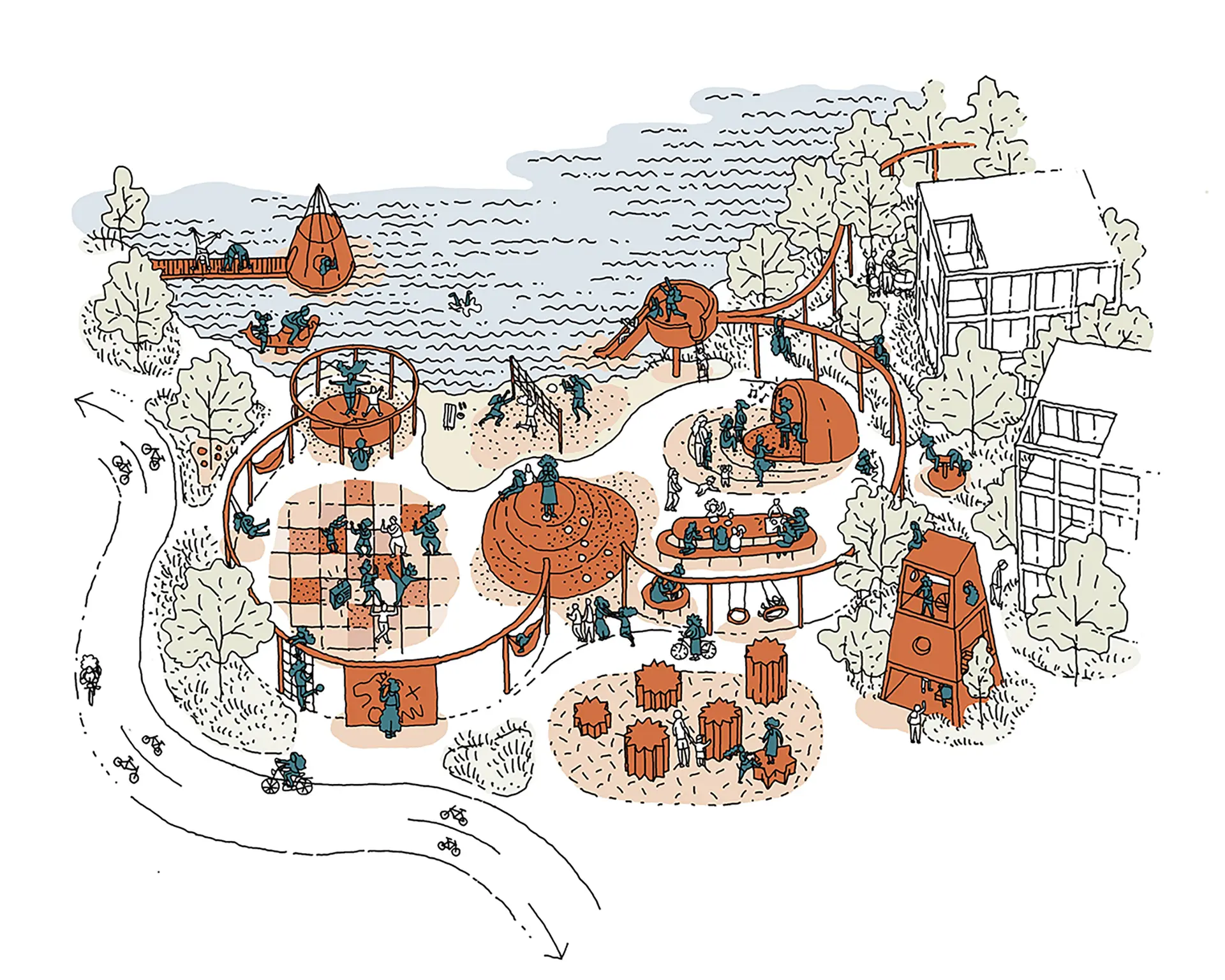
Applying qualitative and ethnographic research methods
Undertaken over the course of a year in collaboration with the Danish National Institute of Public Health, the project applied qualitative and ethnographic research methods. Using walk-and-talk interviews, video diaries, and workshops, our team met with teenage girls aged 14-16 living in Copenhagen and was able to learn from their diverse perspectives and experiences.
As a result of the research, we created two open-source guides containing principles for design, as well as an applicable methodology surrounding participation processes focused on the well-being of teenage girls. The process guide focuses on the project’s approach, research design, and methodology, while the design guide presents design interventions informed by the study. The two publications can be read separately or together, with the second building upon the first.
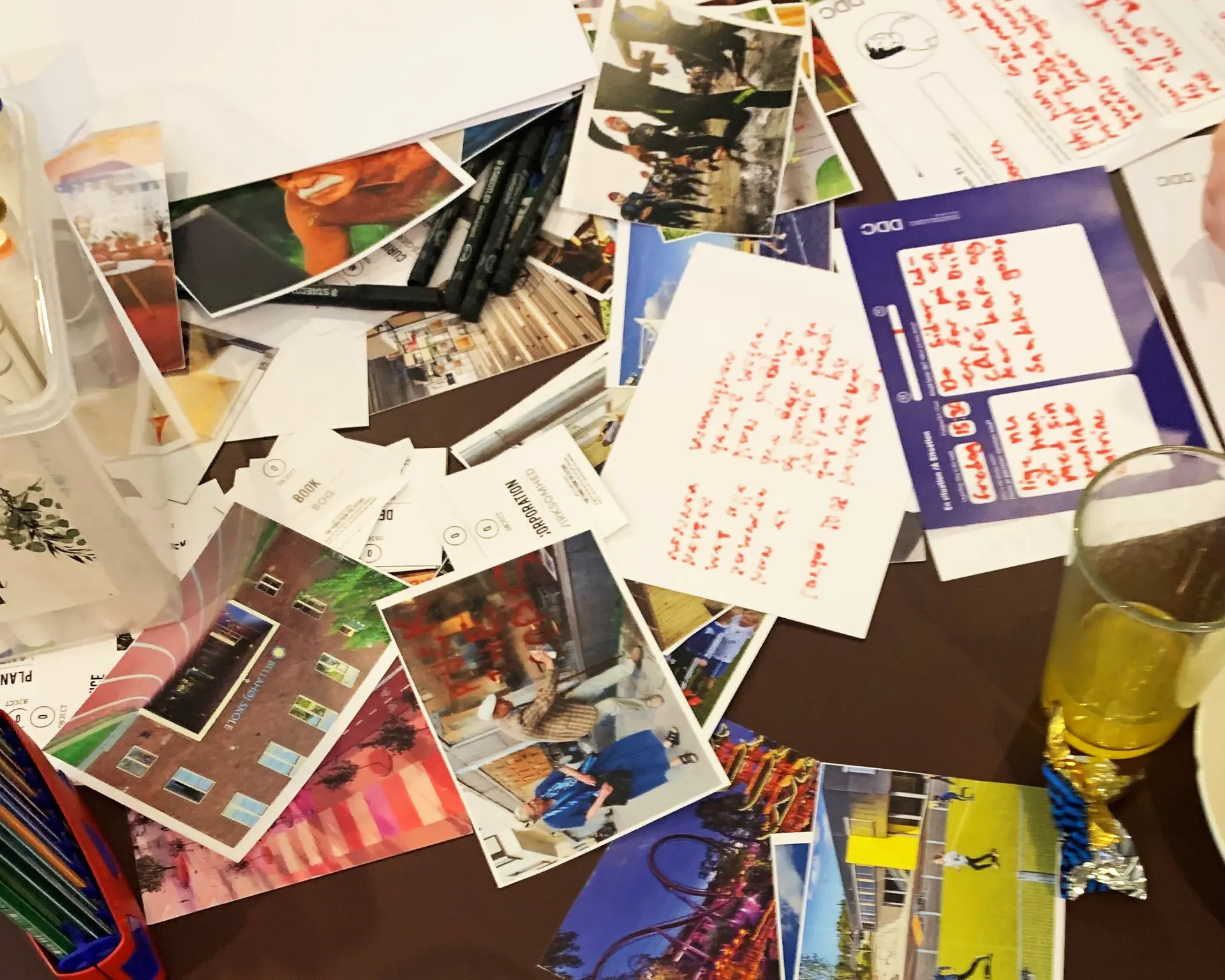
Contact
All contacts
Social Impact and Co-creation Lead

Director, Innovation and Sustainability
Next project
Sundby School
Explore project